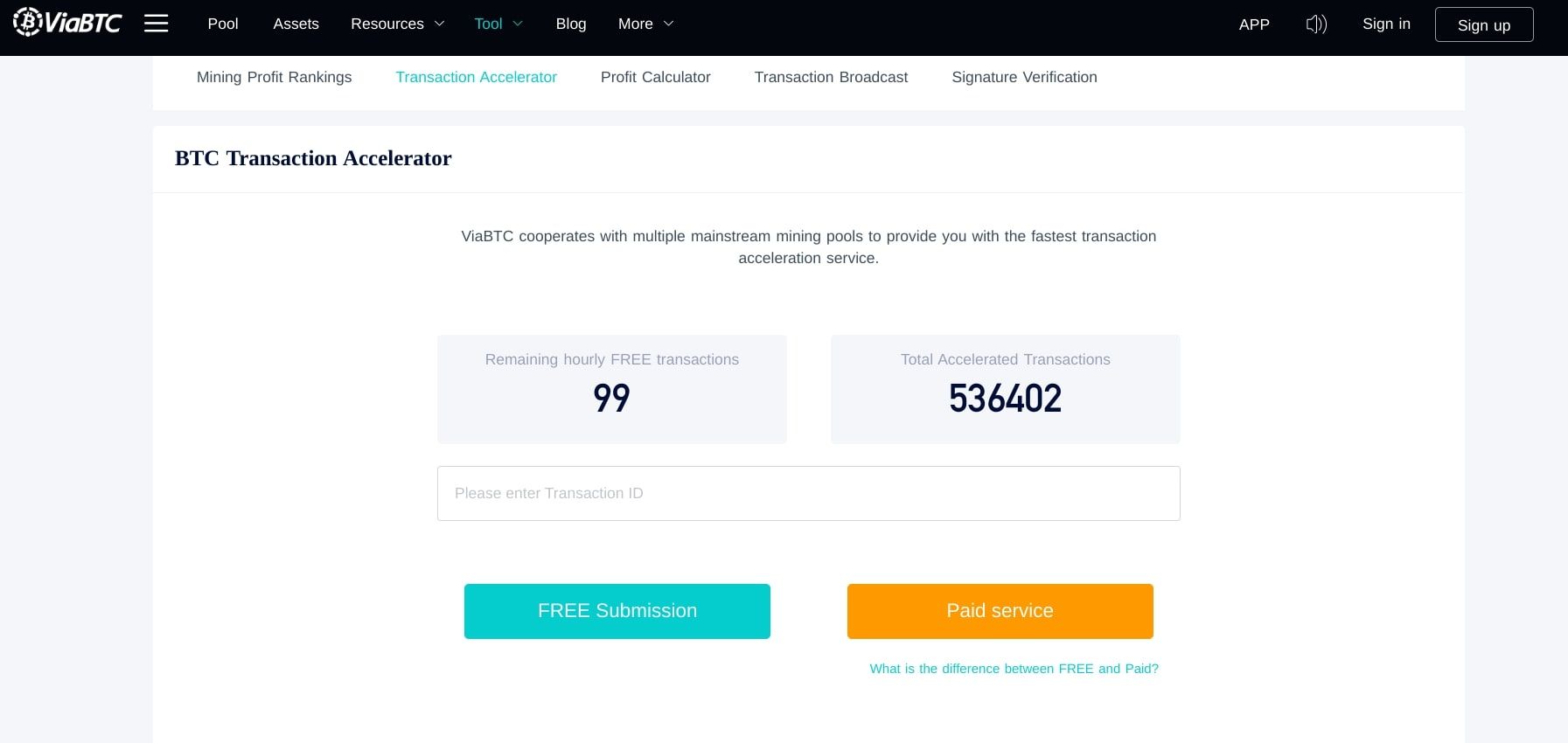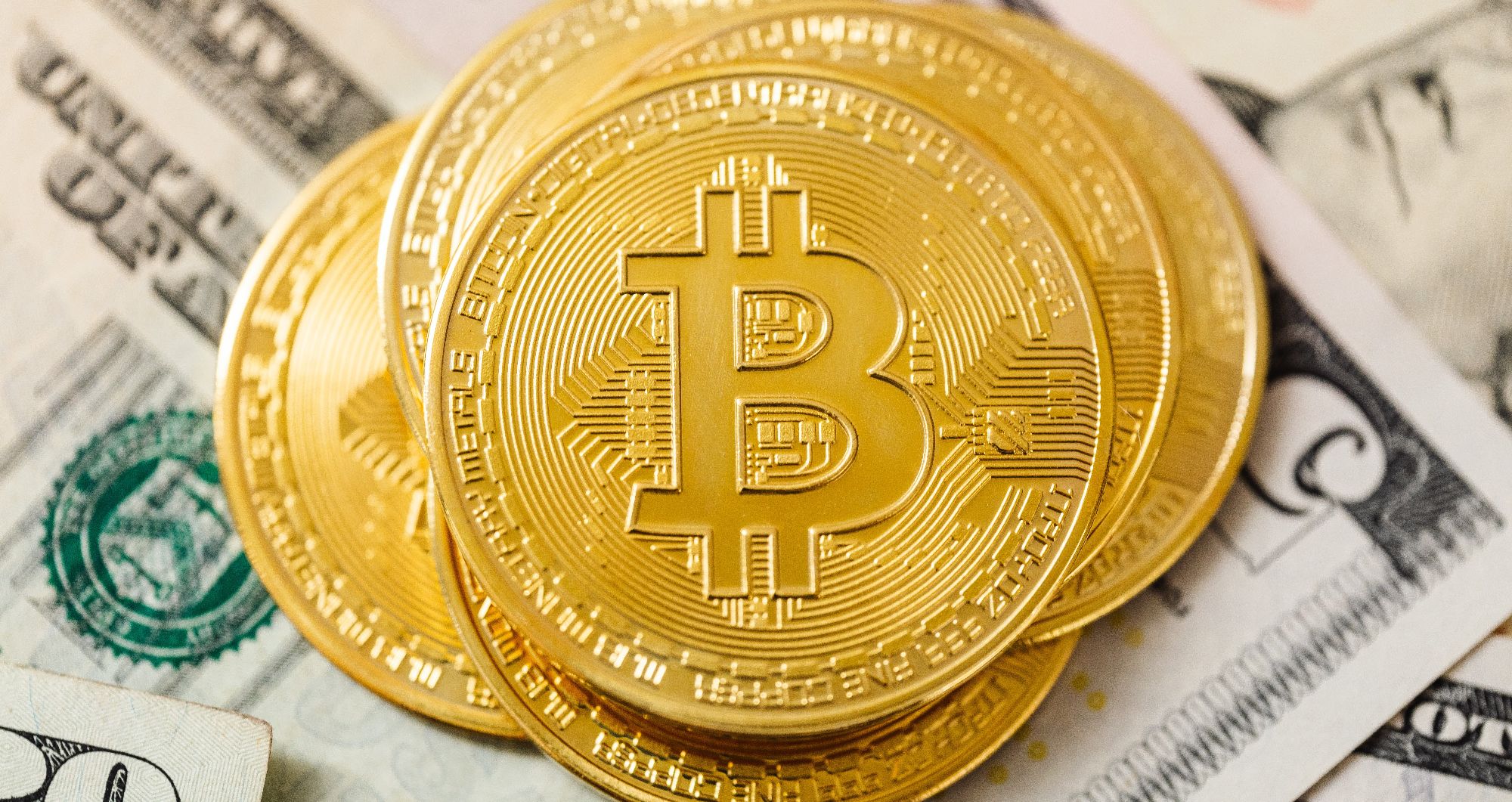While Bitcoin is certainly the most valuable and popular cryptocurrency in the industry at the moment, it is not a perfect product. Bitcoin’s blockchain is now so congested that conducting a single transaction within the network can take over an hour at certain times. This issue is growing and has given way to so-called “Bitcoin transaction accelerators.”
So, what exactly are transaction accelerators, how do they work, and are they safe to use?
What Is a Bitcoin Transaction Accelerator?
While Bitcoin’s transaction times fluctuate regularly, the consensus is that they take too long. In our modern day-to-day lives, we’re used to having our payments instantly processed, so it’s no surprise that Bitcoin users are frustrated at the increasing waiting periods for any transaction on the blockchain. For outsiders new to crypto, it’s infuriating.
While a confirmation can take just a few minutes on Bitcoin’s blockchain, every transaction must go through at least six of these to be finalized. Because Bitcoin’s network is so busy, getting to the end of this confirmation cycle can take a while. While you may think there’s no way to remedy this, transaction accelerators can be of help.
As the name suggests, transaction accelerators can theoretically lower the time it takes for a given transaction to be processed. However, no technology can directly force a Bitcoin transaction to process faster. So, when you use an accelerator, you’re not directly interacting with the blockchain and pushing your transaction ahead in the queue.
Rather, transaction accelerators are run by miners. These individuals are responsible for processing and creating new blocks in the Bitcoin network and therefore have access to the mempool. Miners essentially hold all the keys when it comes to transaction verification, as they can choose to process transactions with a higher fee. This is because transaction fees form the salary of miners alongside Bitcoin mining rewards.
Miners have noticed the high demand for lower transaction times, and have therefore capitalized on this by offering users the chance to bump their transactions up the ladder. At its core, a transaction accelerator is just a user asking miners if they could verify their transaction more quickly and add it to the next block. Keep in mind that it’s a request, not a demand.
Requesting for your transaction to be accelerated can be done either for free or for a price, depending on the accelerator you’re using and how badly you need your transaction time lowered.
Take ViaBTC, for example. This platform offers various services, including a Bitcoin transaction accelerator. On this site, you can choose to use the accelerator free of charge or for a fee. Paying a fee to use the accelerator has perks, as the financial incentive boosts your transaction to the top of the list. This is because the paid service offers interaction with multiple mining pools, meaning your prioritized transaction is available to more miners for processing.
If you use the accelerator for free, on the other hand, your transaction will be prioritized, but not as high as it would be via the paid service. In this case, you’re simply rebroadcasting your transaction to the mining network to remind them that it needs verifying.
To prioritize your transaction on any given accelerator, you’ll need to enter your unique transaction ID or hash so that the miners can recognize which transaction you want to be sped up. For example, many accelerators allow you to pay using Bitcoin or an altcoin.
While the process of transaction acceleration seems pretty straightforward, some caveats are associated with the process, and some more malicious parties have also decided to exploit this new market. So, let’s discuss the downsides and safety elements of Bitcoin transaction accelerators.
Is It Safe to Use a Bitcoin Transaction Accelerator?
It’s worth noting that there is no guarantee your transaction will be prioritized when using a Bitcoin transaction accelerator. As stated previously, accelerators are for requests, not demands. While some providers offer a high probability of prioritization, this can never be a certainty. This is due to a variety of different factors.
Firstly, your previous transaction may not have been yet confirmed. As a rule, Bitcoin transactions can’t be confirmed unless all previous transactions associated with you have been already. If your previous transaction remains within the mempool, you won’t be able to do anything. Additionally, some free accelerators have a transaction size limit, so your request may be rejected if your transaction’s size exceeds this. Lastly, you may also be given a request quota if you’re using a free accelerator. So, if you hit this cap, you won’t be able to use the accelerator until the limit refreshes.
Because most transaction accelerators do not issue refunds, you risk a financial loss when using a paid accelerator service, even if that service is trusted and legitimate.
However, things don’t stop here. Additional risks associated with transaction accelerators aren’t just frustrating, but potentially harmful. As you may already know, the cryptocurrency industry is rife with cybercriminals looking to scam victims out of their money and personal data. And these malicious individuals haven’t overlooked transaction accelerators as an opportunity to make a buck.
Transaction accelerator scams are relatively straightforward but dangerous nonetheless. They involve the creation of fake websites that claim to offer legitimate accelerator services, often with convincing language and a seemingly professional design.
The goal here is to lure in users, take their payment, and then hit the road. Unfortunately, because it’s so easy to do this, many of the transaction accelerators you see out there are fake. You’ll see a similar trend in the crypto cloud mining industry, where people pay a fee for remote mining only to receive nothing in return.
Because some transaction accelerators aren’t very old or well-established, it can be hard to determine whether they’re safe even if they truly are. Crypto scammers can be so sophisticated in their approach that a site can look entirely legitimate and easily trick users into handing over a fee. So, the best thing to do here is look for cracks in the foundation.
For example, if an accelerator site claims to be two years old, run the URL through a domain checker, such as DupliChecker. This will let you view the age of the website domain. So, if the site states that it’s two years old, but the domain is younger than that, you may be dealing with a phony transaction accelerator.
You could also check the reviews for a given transaction accelerator. We recommend checking a review website for this, such as TrustPilot, because any reviews on the accelerator site may be fabricated. If you find that the reviews are mostly negative, or there are no reviews at all for the site in question, consider it a red flag. While this may not confirm that the site is malicious, it is certainly an indicator of illicit activity.
Bitcoin Transaction Accelerators Are Typically Scams
While you might speed up your transaction time using a Bitcoin transaction accelerator, it’s important to note the possible risks of the process and be aware of the many scam sites out there that are ready to take your payment without offering anything in return. Putting a few minutes aside to run a quick check of any accelerator site are invaluable in keeping your funds safe.
And, if you don’t want your Bitcoin transaction to fail or take an age to complete in the first place, use a cryptocurrency wallet that allows you to assign a larger miner’s fee or tip. That way, you don’t run the risk of exposing yourself and your Bitcoin to scams or otherwise.






